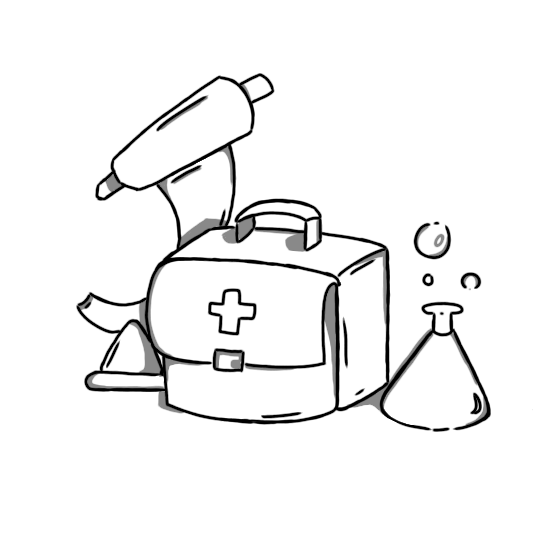With Spring’s season getting into full swing, more and more pollen will be in the air. The predominant culprits are trees, the main species being Cedar/Juniper, Birch, and Poplar/Aspen/Cottonwood.
Many Poplar and Cottonwoods inhabit the area surrounding Mountlake Terrace High School which have been most likely the culprit of student’s allergy attacks.
According to the Asthma and Allergy Foundation, one in four Americans suffer from asthma and allergies.
The most common allergens in the environment are pollen, ragweed, grass, pet dander, mold and milder, and dust mites. Since the average person sheds 1.5 million skin cells an hour, the mattress and pillows that make up your bed will accumulate the dead skin cells, dust, and dust mites.
A mattress will double its weight every ten years with human hair, bodily secretions, animal hair and dander, fungal mold and spores, bacteria, chemicals, dust, lint, fibers, insect parts, and of course dust mites and their feces.
After five years, ten percent of a pillow’s weight will be dust mites. A way to keep these pesky allergens at bay is to put an allergen cover on all pillows, mattresses and box springs, which allow nothing in and nothing out.
Washing bedding weekly in hot water is also recommended. Asthma goes hand in hand with allergies, and can even be triggered by them.
Josh Waldman, CEO, PureZone Technologies, LLC, said, “Asthma affects more than 4.8 million U.S. children, making it the most common serious and chronic disease among children and accounting for 10 million absences from school each year.”
Allergy symptoms can be categorized into three different levels. In a WebMD article reviewed by Jonathan Gelfand, MD, they are described as: mild, moderate, and severe.
Mild reactions include rash, itchy-watery eyes, and congestion. Moderate reactions are itchiness and trouble breathing/swallowing. Severe reactions can include the rare condition of anaphylaxis, where the body’s response is sudden and effects the whole body; there can be varying degrees of swelling, abdominal pain, cramps, vomiting, diarrhea, and mental confusion.
When the body reacts to an allergen either from touching, swallowing, or inhaling it then the immune system will attack the allergen like a virus. Specialized blood cells called a mast cell will release histamine, which causes inflammation and other allergy symptoms.
There is relief to these uncomfortable, and sometimes debilitating reactions to these allergens we cannot avoid. There are two common over the counter families of medications that are effective against allergies.
One group is the antihistamines, which block histamine secretion from the mast cells. Claritin, Zyrtex, and Tavist are the common medications, though they can cause dry mouth and drowsiness.
Drowsiness is more common in the ‘older generation’ antihistamines like Benadryl. The second family is decongestants and they are a quick, temporary relief of nasal and sinus congestion and discomfort.
Sudafed is the most common over the counter decongestant; Claritin-D is another and contains both an antihistamine and decongestant.
If a person doesn’t want to take medications to help ease the discomfort of allergies then some more natural ways to lessen congestion is to drink more water or juice because the hydration will help thin and break up mucus and encourage drainage. Keeping a cool air humidifier on in the rooms of the home will also keep the air moist, as dry air can irritate the respiratory system.
Also, inhaling steam 2-4 times a day can help keep the sinuses clear. Talking to a doctor or allergist is suggested for anyone suffering from moderate or severe allergy symptoms on a regular basis.
Asthma is the cause of 4,000 deaths and a contributor to 7,000 deaths each year, most cases would have been preventable with proper treatment and care, according to the Asthma and Allergy Foundation.
This is only the beginning of the allergy season, as we move into the dryer months of the year the air impurities and dry air being an irritant. So looking ahead, plan accordingly with nature’s bloom and watch for allergies ugly side-effects.











